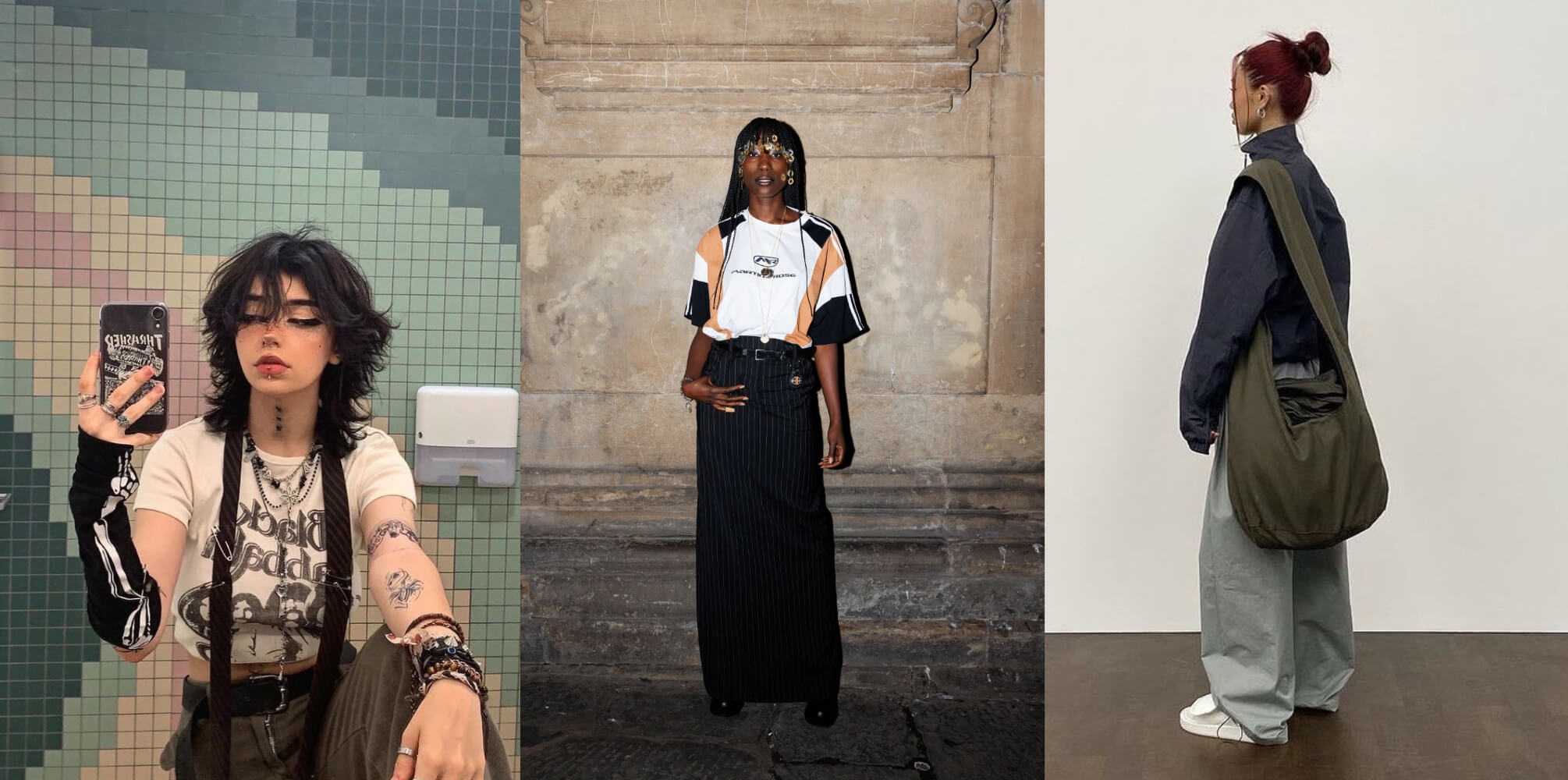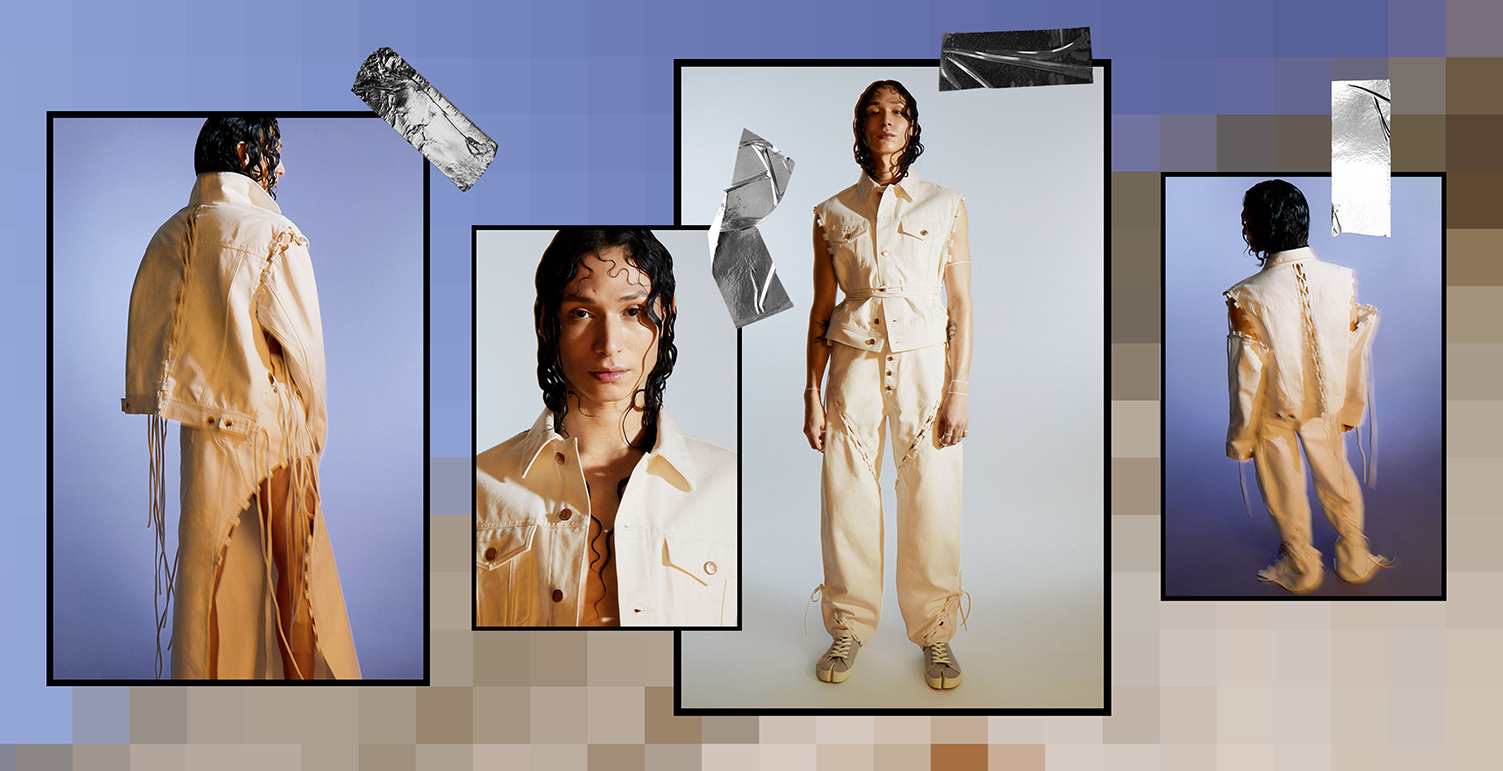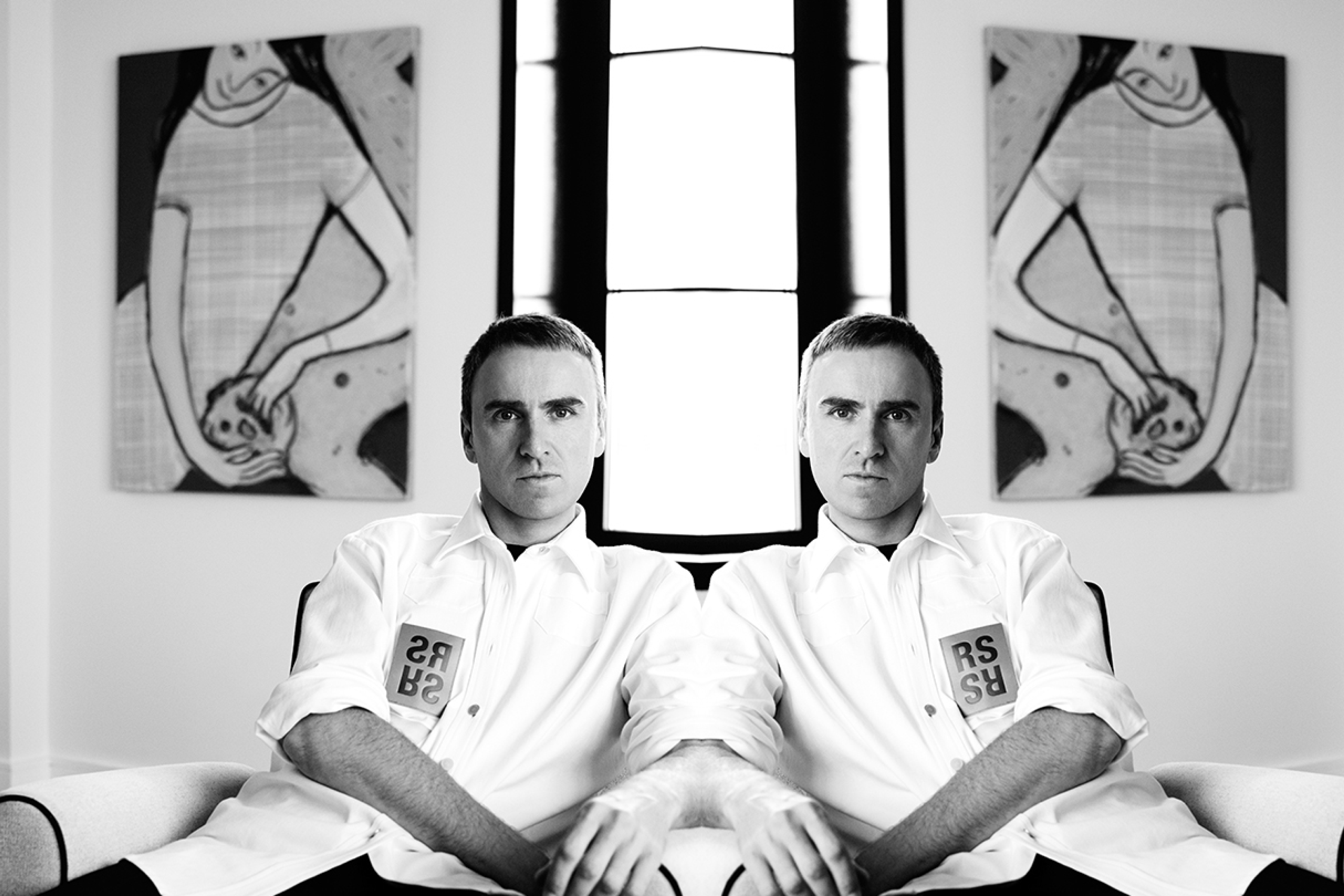The Core-ification of culture and why it’s problematic
In recent years, adding “-core” to fashion trends has become a popular way to describe niche styles. This trend has made fashion and trends more accessible to a wider audience, but it has also diluted subcultures that were not originally trends. One example of this phenomenon is “Bloke-core,” which reached its mainstream peak in 2022. Bloke-core is characterized by a laid-back combination of soccer jerseys and jeans, often featuring vintage and secondhand clothing.



If you Google Bloke-core, you’ll find numerous articles from last summer discussing the trend, offering styling tips, and explaining how TikTok propelled this aesthetic into the mainstream. Ironically, soccer jerseys were already part of a larger culture before TikTok popularized them. “Bloke” is a term associated with a subculture that celebrates traditional masculinity, particularly in the UK and Australia. It is connected to pub culture and, of course, soccer culture. The term “Bloke” is slang for “Man” but carries value within the subculture.
Apart from appropriating the term “Bloke,” wearing jerseys has always been an integral part of soccer culture worldwide, often embraced by ordinary people rather than the affluent. I believe that wearing clothing associated with local subcultures, like band t-shirts or soccer jerseys, may appear a little out of place but is not inherently offensive.
So, what is my issue with the “core-ification” of fashion? I believe that it dilutes existing aesthetics to the point where subcultures lose their meaning. Subcultures are defined as cultural groups within a larger culture that have beliefs or interests different from the mainstream. However, the people identifying with Bloke-core on TikTok, for example, do not necessarily share the same beliefs. The common denominator among them is their involvement in the online fashion community, but that community does not embody specific beliefs.
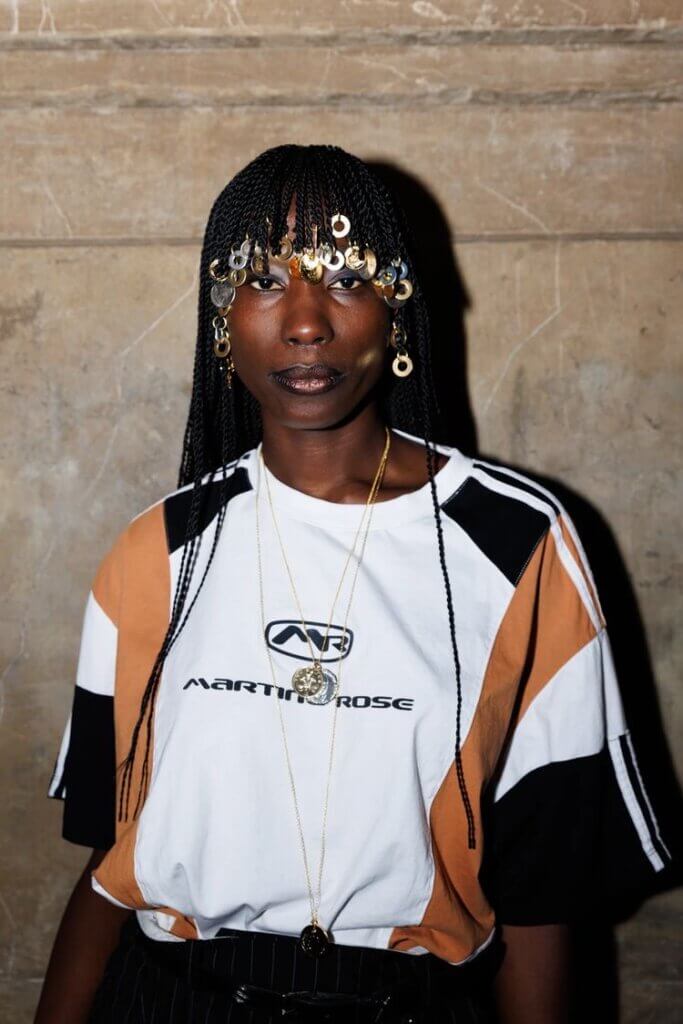
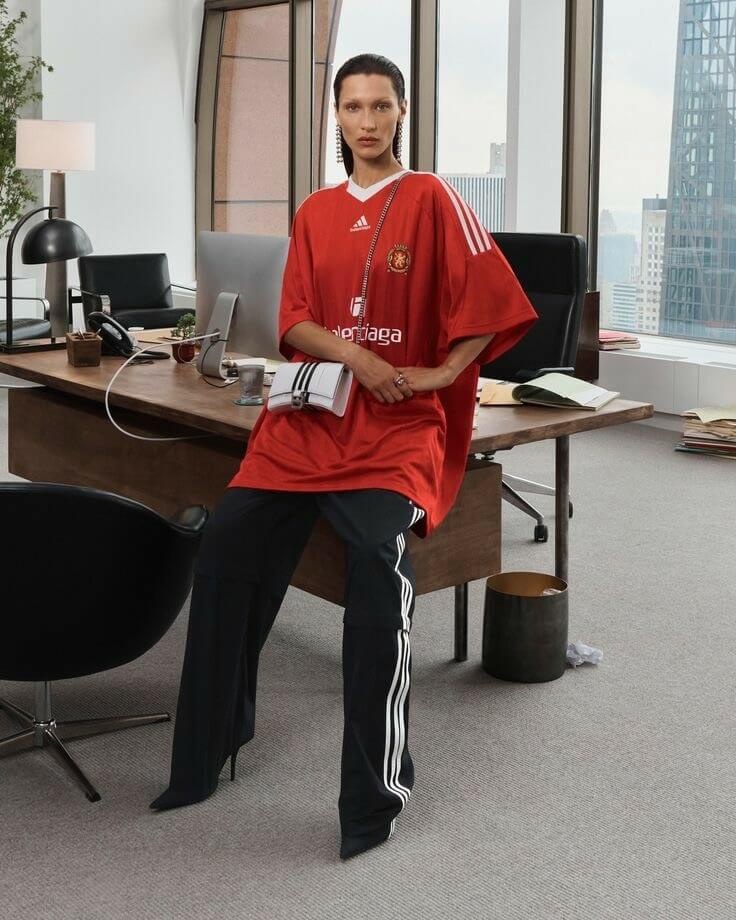
I argue that real subcultures today do not solely identify themselves through clothing. The “core-ification” of niches merely emphasizes this. Two people may dress in a “punk” style, but only one of them truly believes in the values associated with punk culture. The other person is merely interested in the aesthetic but not the actual movement and, therefore, not truly punk.
The problem lies in turning actual movements into fleeting trends without preserving their original values. Subcultures play an important role in creating a diverse understanding of society, even if their ideas do not reach the mainstream. While drawing inspiration from subcultures is acceptable, commercializing these aesthetics and labeling them “-core” diminishes their original meaning.


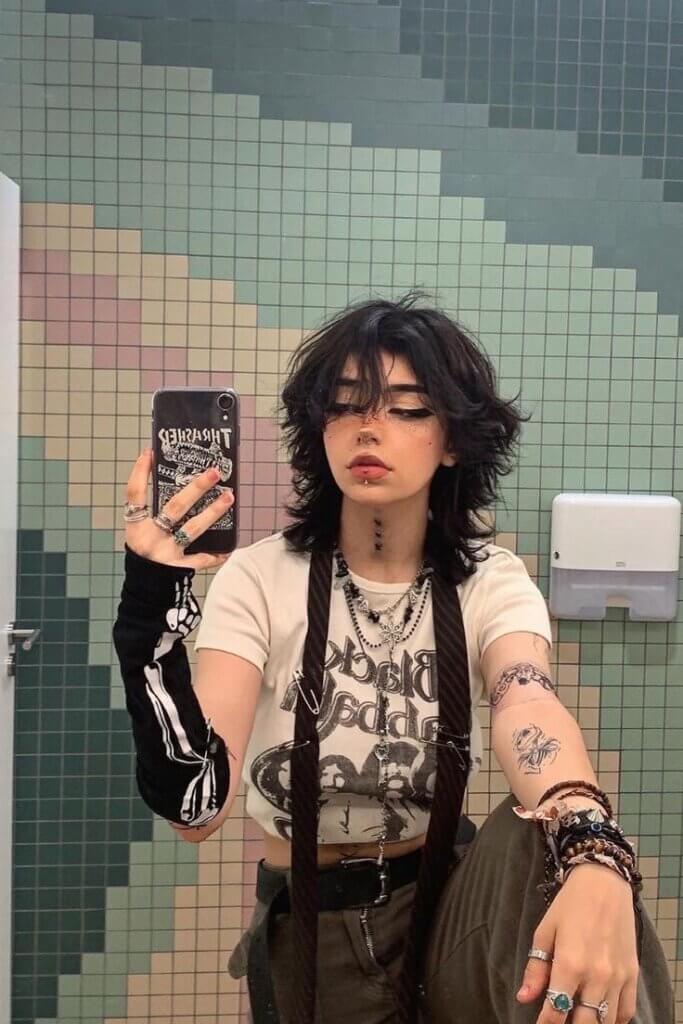
Finding a solution to this issue is not easy. One possible starting point is to educate ourselves about the subcultures we admire. However, there is no obligation for individuals to do so. Perhaps the “core-ification” of fashion is indicative of a future where subcultures no longer require shared values.
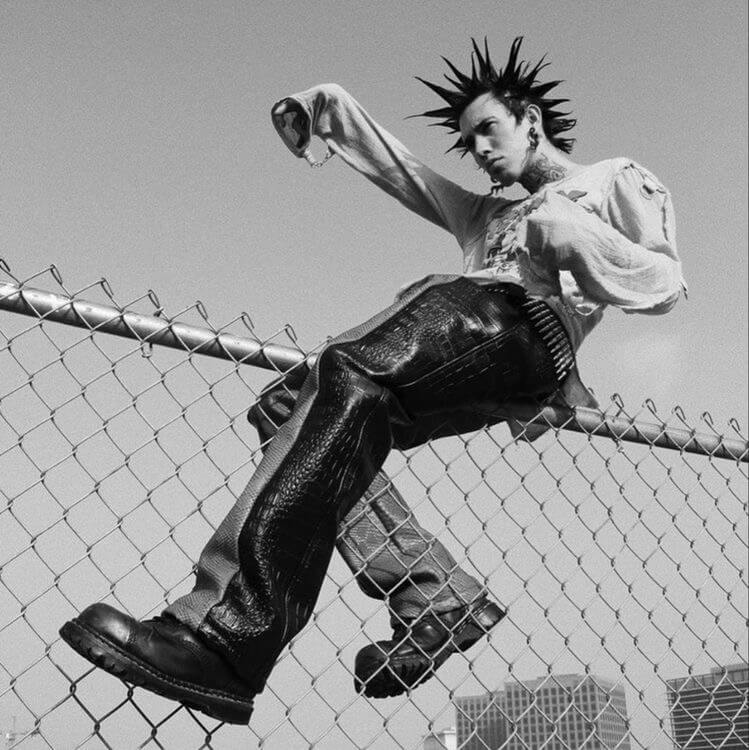
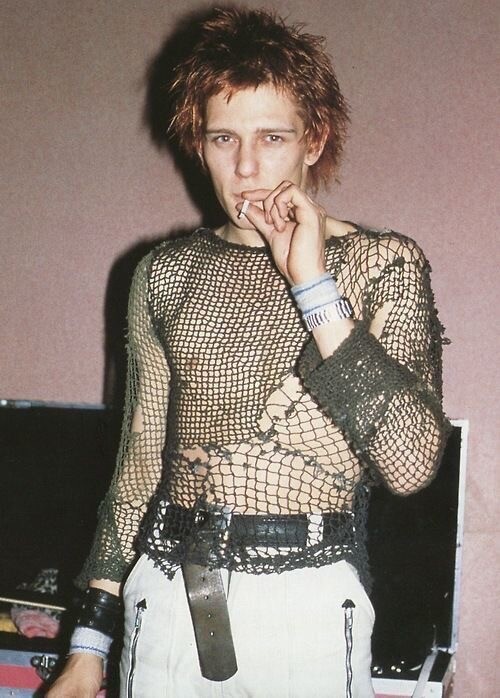
Obviously, the problem is not adding “-core” to an aesthetic. Rather, it’s the concept behind that. Turning actual movements into little trends, completely devoid of the values that they originally might hold. I would argue that subcultures are somewhat important to a society. They help in creating a more diverse understanding of modern society, even if the ideas they believe in never make it to the mainstream.
I’m not saying that we can’t draw inspiration from them. If somebody wants to dress like a punk without actually being a punk, they should be able to do that. But as those aesthetics get commercialized (and calling them -core is just part of that), they lose a fraction of the meaning they held before. So what’s the solution? To be honest, I’m not really sure. I’d like to think that reading up on the subculture we like should be a good start. But then again, nobody is forced to do that. Maybe the “core-ification“ of fashion is just part of a greater trend? A glimpse of the future, where subcultures don’t necessarily mean that people share similar values? Who knows.Only time will tell.








